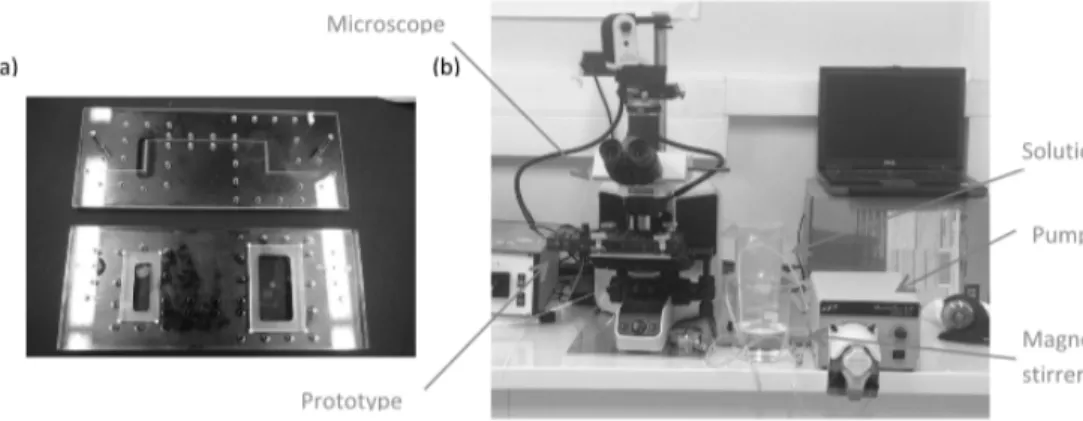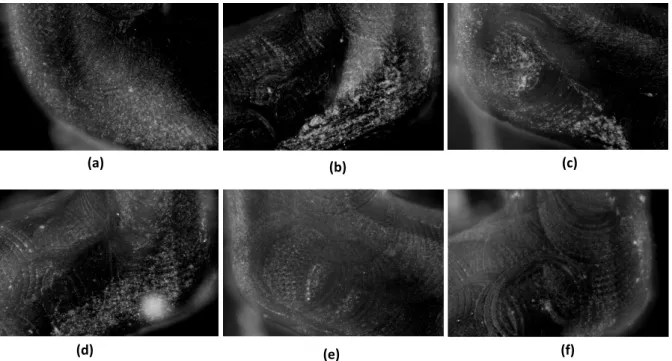Impact of hydrodynamics on clay particle deposition and biofilm development in a labyrinth-channel dripper
Texte intégral
Figure




Documents relatifs
Here we compute the total budget sufficient to achieve a target error rate and show that this is within a constant factor from the necessary budget to achieve the given target
Still according to this table, the branch-and-bound based discretization method addressed herein can find the global optimal design taking into account a limitation on the
For that reason, [5] has proposed a deep comparative study on the state-of-the-art MS and HS data fusion methods, gathered into 4 main families, namely com- ponent substitution
A greater capability is required for the research, development, demonstration and performance studies necessary for the growth of competent northern and cold oceans
Here we propose a new method, implemented in a tool named OLOGRAM (OverLap Of Genomic Regions Analysis using Monte Carlo), to conveniently assess the significance of overlaps by
The actual combination of conditions regarding the state of the project proposal which are met at the time that the bank agrees to extend credit and the final level of
The ET/TH deposition balance led to interesting data and was also useful for determining the mass of aerosol deposited as a function of the inhaled aerosol fraction (i.e.,
Its Mossbauer parameters at room temperature was previously reported in [4] (C2). Ferrous iron accounts for 29 % of the total absorption and from the isomer shift
